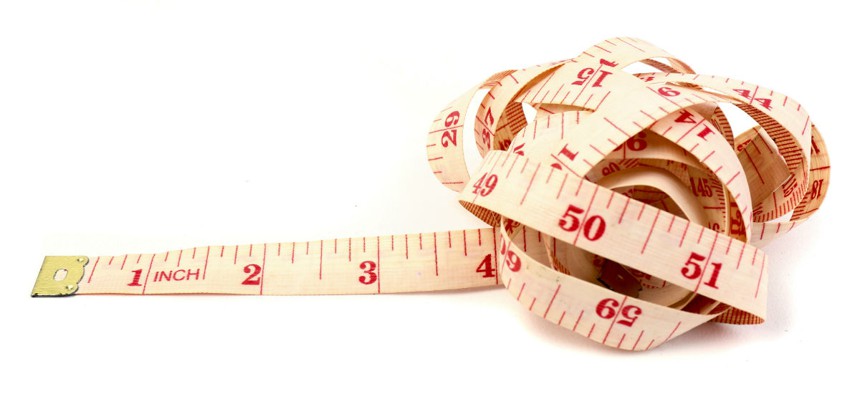From President Ronald Reagan’s Grace Commission to President Bill Clinton’s National Performance Review to various presidents’ management agendas, administrations for decades have been trying to reform government programs. Add to those endeavors the efforts of multiple congressional oversight committees, the Government Accountability Office, agency inspectors general and a host of performance officers, councils and commissions, and you will conclude the federal government has more oversight than any entity on Earth. Yet proper program alignment, along with efficiency and effectiveness, remain elusive.
While all the initiatives and oversight have contributed to an environment of reform, they have yet to create a culture of reform, or a structured process by which reform may be achieved. An efficiency and effectiveness approach for each program can be defined, but before government can begin to address that, it must first determine program fit: Is the program a proper function for the federal government and should it continue to exist in its current form? To assess fit, officials must identify and review, in an unbiased way, each program in their inventory to determine its efficacy.
Every year, the chief operating officer of each agency should schedule and review a selected number of programs to determine if they still “fit” as essential government programs. GAO could support this along with IGs and outside partners.
What is a Program?
I define a program as a funded function or activity that leads to the achievement of a specific objective or result. It is required to carry out the responsibility of government. Programs can be large or small, simple or complex, mission focused or provide infrastructure support. In other words, if it expends money and resources and provides a product or service, it’s a program. While most government programs had an appropriate intent when first conceived, many have changed as the government and country have matured in purpose, capacity, and approach.
How to Determine Fit
To assess each program, you need to be able to answer the following questions:
- Is the program an appropriate function of the federal government? Is it a Constitutional requirement? Does it meet a national need or require the imprimatur of the government to positively impact the country?
- Does the program in its current form benefit the American people? Is the cost/benefit realized? Is it good for the nation with clearly defined benefits? Is the intended outcome still valid?
- Would the program be more appropriately implemented at the state or local level, with or without federal support?
- Should the program instead be implemented by the private sector or through a public/private partnership?
- Can the government afford the program considering other pressing needs? If so, does the benefit outweigh the cost?
- Is the program duplicative or overlapping and should it be either combined with another or eliminated?
- What would happen if the program did not exist? (Be honest about its impact, or lack thereof).
This fit test is not about efficiency or full effectiveness—it’s just to determine whether a program still makes sense given current realities and governance requirements.
While programs should be reviewed in an unbiased and nonpolitical manner, some judgement will be needed and not all decisions will be based on a Constitutional or legal requirement. Some programs will be deemed important to our core values. At the same time, we should not always lean on the Constitution’s “general welfare” statement to hide a political intent or personal gain. Objectivity is critical. Each program review should result in a clear recommendation as to its future existence, transfer, elimination, or change in scope. The report also should recommend further study as to its effectiveness and efficiency if necessary. Recommendations should be provided to agency heads, the White House Office of Management and Budget, and Congress for consideration.
Why Fit?
Fit comes first before other assessments. A government that is struggling with massive reform and budget realities should address fit before all else and be consistent with a national strategic plan outlining our intent.
Using a fit assessment is an important initial step to review government at the macro level and prepare it for meeting current and future needs. A fit assessment could eliminate waste, help right-size government, and move it toward full accountability to the American people.
Steve Goodrich is the CEO of the Center for Organizational Excellence and author of Transforming Government from Congress to the Cubicle. He can be reached at sgoodrich@center4oe.com.




